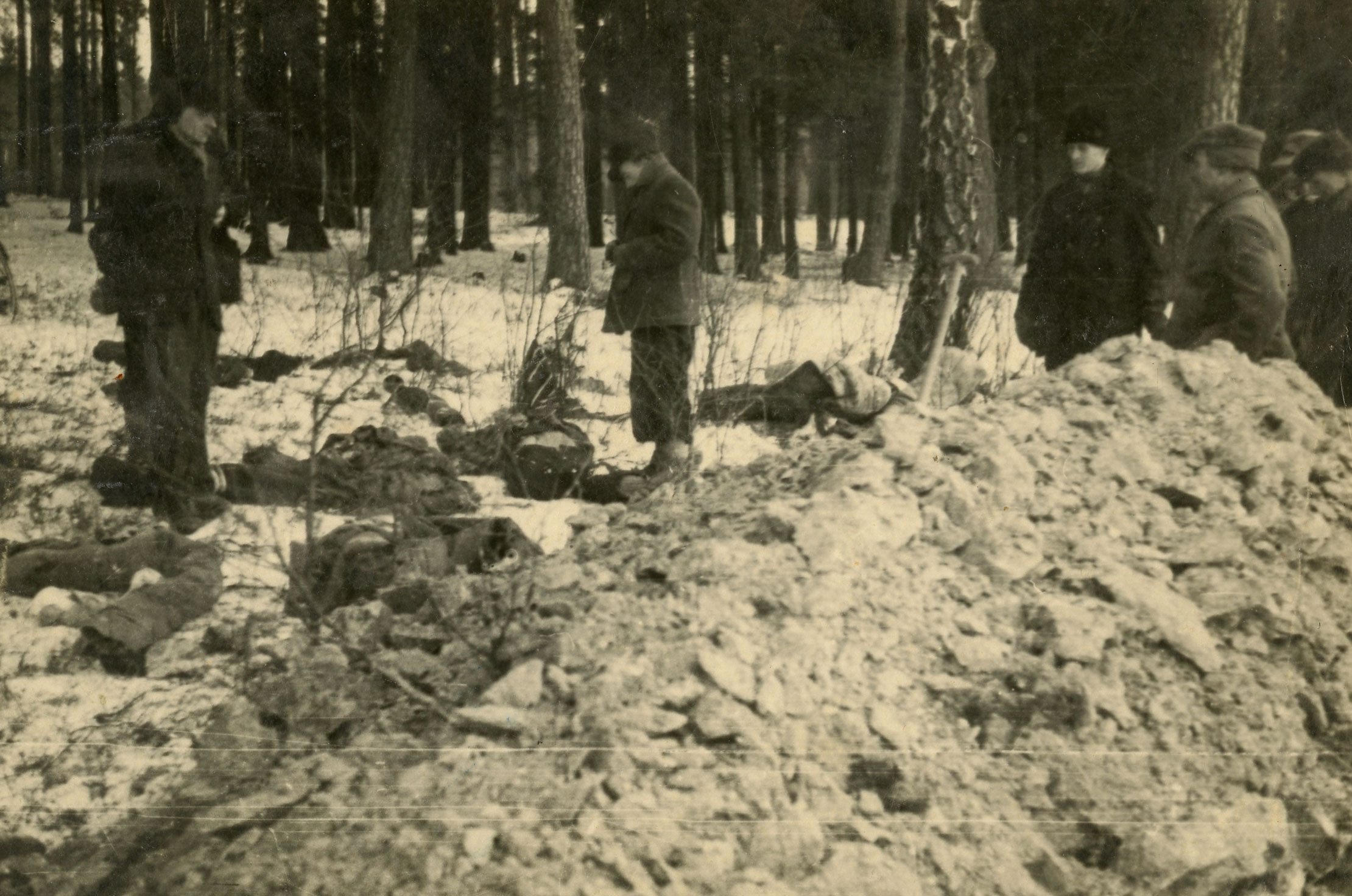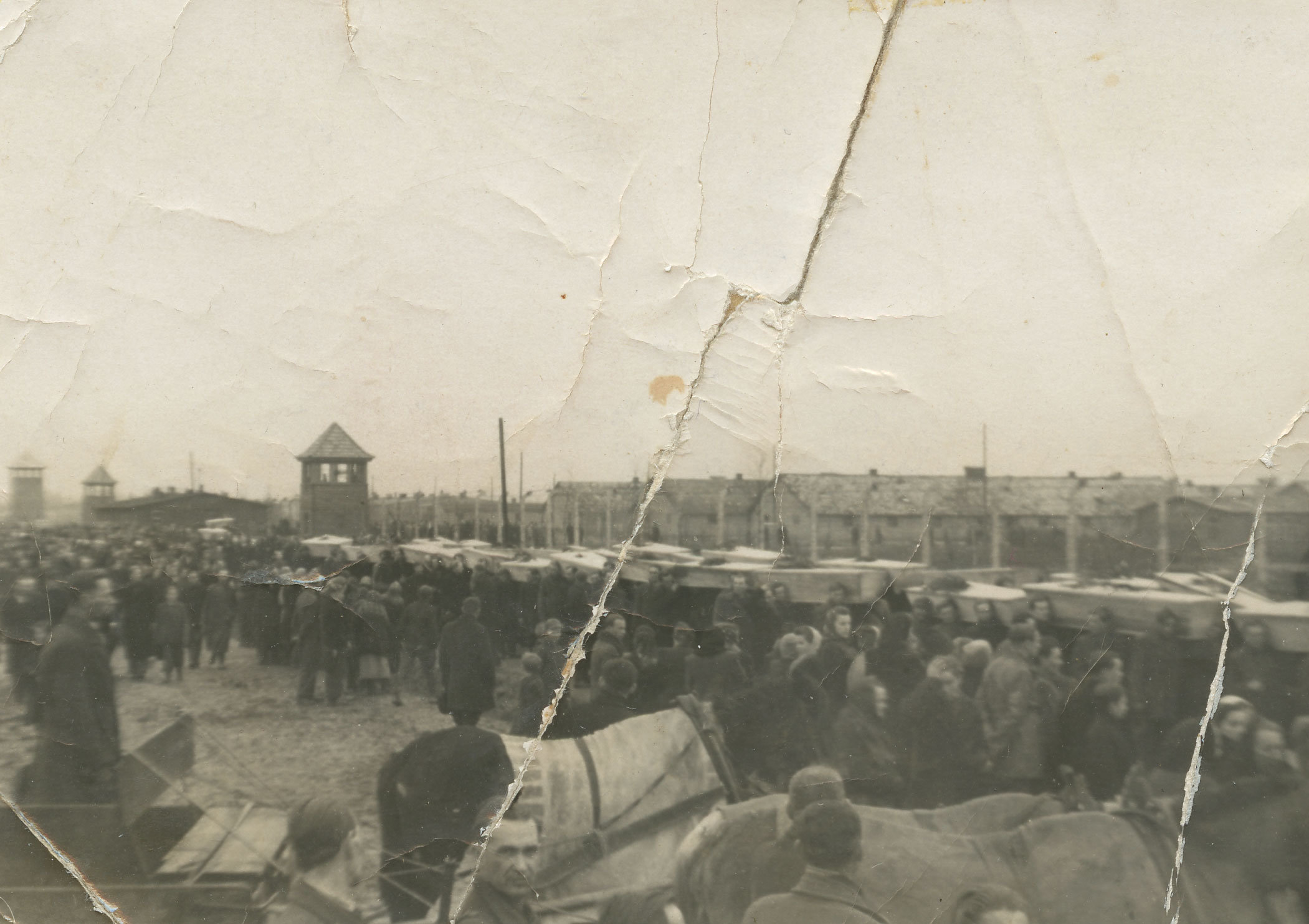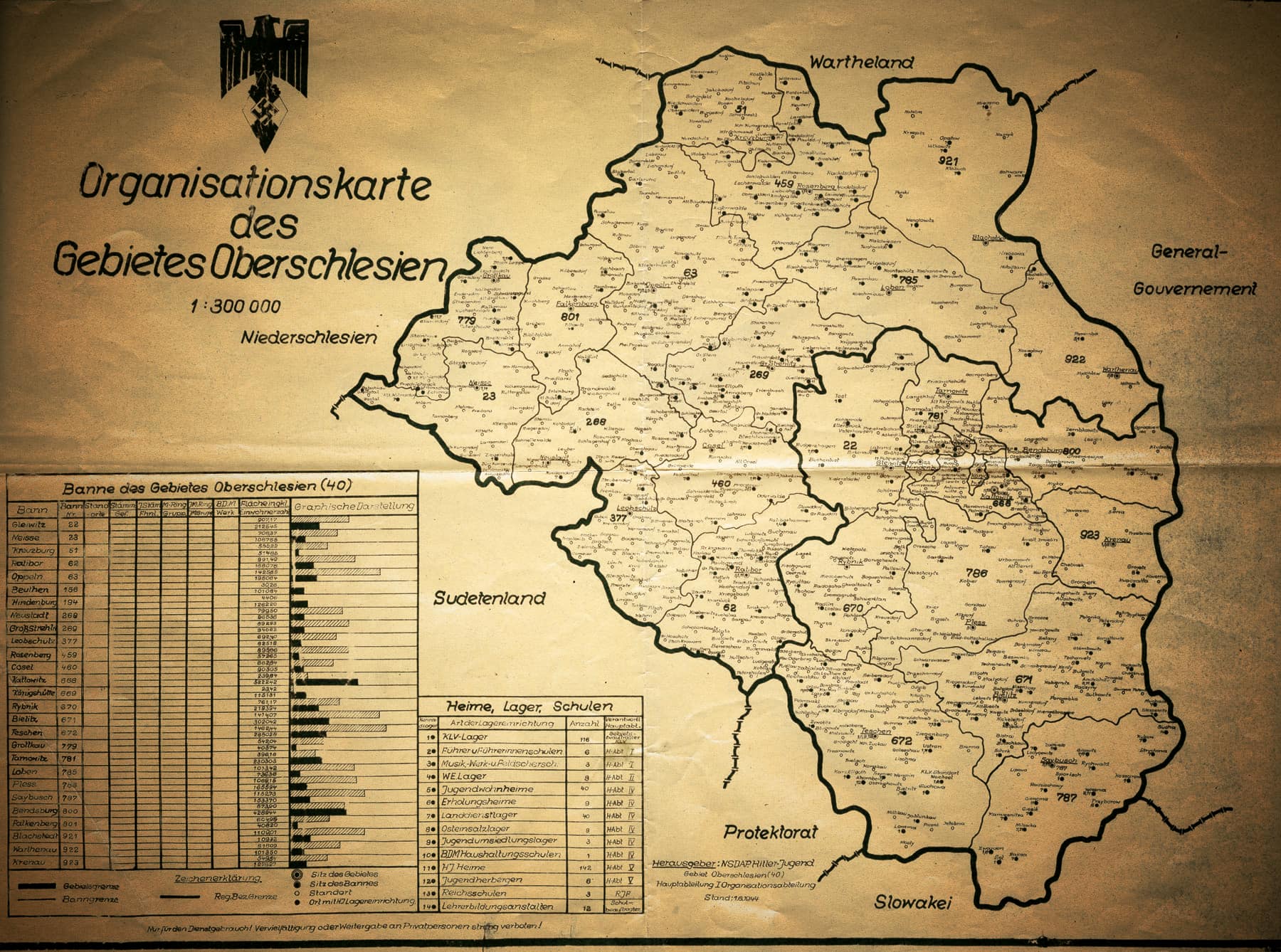
Teresa Wonto-Cichy of the Research Center at the Auschwitz-Birkenau State Museum explains how medical care was organised for those who were unfit to join in the death marches and so remained in the camp.
Many recall the freezing winter and heavy snow years ago. Joy was mixed with uncertainty about the future. It was easy to be shot and killed by a random – German or Soviet – bullet.
"When the Russians came, they also came to us, into our house. And they said that they were going to live there. We had to leave them the kitchen. They put telephones in the kitchen and moved in. Mum knew a bit of Russian because she’d lived in the East and sewed for the people she lived with. And she would go into the kitchen to cook, I mean the Russian kitchen, with a neighbour. And she sewed clothes for them, tights for horse-riding. She had a pattern for men because she’d been to Tailoring School in Lviv, and she could sew all that."
Janina Hodór, Dwory
In an article for the paper, long-standing editor of “Echo Chełmka” Rudolf Iwanek described the end of the war in Chełmek.
– And finally, that unforgettable day arrived. The 25th January 1945. Canon booms had got louder and louder and increasingly terrible the entire previous night. They were interspersed with the crack of machine guns. Everybody knows that liberation is coming. Few slept that night, the last night under occupation. Everyone is plagued with uncertainty about how the retreating Germans will behave.
He described how three heavy German tanks arrived from Libiąż in the afternoon. They took up defence positions with their gun barrels facing east. The German soldiers also set machine gun platforms. By evening, there wasn’t a single tank or soldier. At the very end, the Germans blew up the bridge over the Przemsza.
Halina Skrzypczyk of Stare Stawy was six years old in January 1945. She tells how the Russians entering her village nearly shot her two brothers, Ludwik and Adam. They thought the brothers were German. The misunderstanding was caused by a portrait of Hitler which had remained on the wall of their home from the time when Volksdeutsche had occupied it.
"In January 1945, KL Auschwitz-Birkenau was liberated. Those prisoners who were unable to walk stayed in the barrack hospital. A close friend of my father, a doctor from Warsaw whom he had met in the camp, had gangrene and could not walk. Some people from Osiek came and took him as they came to get their beloved from the camp. They took him too. He asked them to contact my father. The contact came through postman Zawisz, who sent greetings to my Dad from Rudolf Diem. My mother and my father’s brother, Władysław went on foot with the children’s sledges to get the doctor. That’s how they transported him. It was a very difficult and long way. Mr Rudolf stayed with us for six months. My father organised medicine for him. Later, his wife came for him and they remained in contact with Dad the whole time. Rudolf Diem was head doctor at the railways in Warsaw. In 1945, English people came to our house, there were ten of them. They had walked from the camp before the arrival of the Russians. They were led by German police who were looking for a place to house them. My family accepted them. Dad brought in blankets and pallets from the neighbours. Mum cooked. They spent three or four days with us. They slept in the tilery where it was warm. They would give us chocolate, I remember. They were waiting for the train. We received greetings from them after the war. My parents burnt the letter as they were afraid of the Department of Security. When the Russians came, my father was arrested by the NKVD (People’s Commissariat for Internal Affairs) and spent a month in custody in Bielsko. They also arrested Mum and Mrs Dąbrowicka for collaboration with the Germans (Mum got three people out of the camp – that was suspicious). The NKVD arrested very many people. They sent Mrs Dąbrowicka to a kolkhoz (cooperative farm) in Georgia. Mum was freed after three months. They was no space in the trains. They handed her over to Polish authorities. Her sisters would walk from Kęty to Bielsko to bring her food. They bribed the guards. For a watch it was possible to hand food over to somebody."
Barbara Sztur, Kęty

Approximately 7,000 prisoners were found in KL Auschwitz-Birkenau at liberation – men, women and children. Several days earlier, the Germans had led over 50,000 prisoners out of the camp and its sub-camps deep into Third Reich territory.
Janina Stawowy of Brzeszcze witnessed one of the death marches.
– I remember how the Germans led the prisoners out of the camp. They didn’t take the people who couldn’t walk with them. I happened to be in the park in Brzeszcze when the prisoners were walking along the road by the mine. They were walking in those clogs, or in bare feet, in their camp uniforms. It was cold. It was January and cold. It was freezing. They would hold one another up if they had the strength, they were lagging behind. And the SSmen – I don’t know, every few metres, they followed on. And the people were walking slowly, slowly, they were trudging along in those wooden shoes. And by the side of the road, obviously, every so often there was a dead body. In Brzeszcze’s cemetery there is a grave of those who died here.
Yes, I remember everything. They were all at our place. It was a little wooden house, right. We had comfortable cellars which were under the whole house, there was a bricked-in vault but it was comfortable there. And they were all there in the cellar. The people who had been evicted from Grojec, the Bauers were there, but they were scared to return to their houses as they did not know what would happen. They were all there with their children – a whole cellar full of people, Holy Mother of God! I spent the whole night in the kitchen with the lights off and I could see everything out of the window. To the East was Głębowice, and I saw how the bullets shone, how they flew – I watched all night long. And there were these arches there, and they walked in platoons, one after another. And it was snowing and everyone was in white, Germans dressed in white, Russians in white. I saw an army coming, an army coming, but I didn’t know which. They walked the same road as the Germans, I was observing them: they were carrying machine guns, would stand still, chamber and shoot and then hang the machine gun on their shoulder and again go forward, and again forward… and that’s how it was.”
Stefan Kuźma, Osiek
The 600 prisoners who were killed as the Germans were evacuating KL Auschwitz and those who died of exhaustion and disease were buried in a mass grave in the proximity of the camp. Thousands of people took part in the solemn funeral.
With the German retreat and the arrival of the Red Army came the end of the war for the residents of the Land of Oświęcim. Shortly afterwards, people from Brzezinka, Harmęże, Pławy, Bor, Rajsko, Babice and Broszkowice began to return to their homes from which they had been evicted in 1941. The areas had been designated for the expansion of KL Auschwitz and their homes were often damaged or completely razed to the ground after their goods had been plundered. In terrible, post-war poverty, they had to begin to build up their lives from nothing.




Monday to Friday:
7:30 – 15:30
© 2018-2023 Muzeum Pamięci Mieszkańców Ziemi Oświęcimskiej. All rights reserved.
Made with by Magme Agency